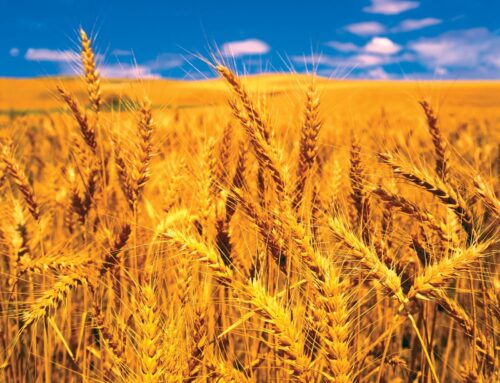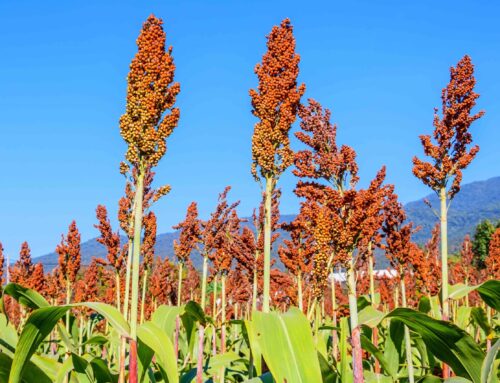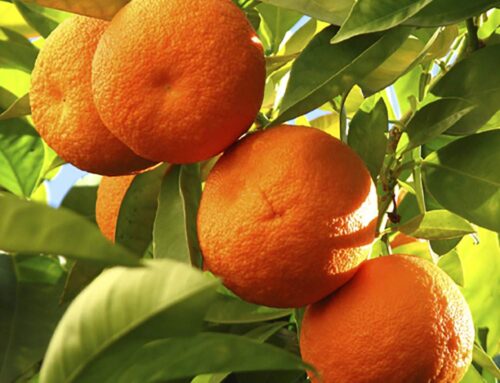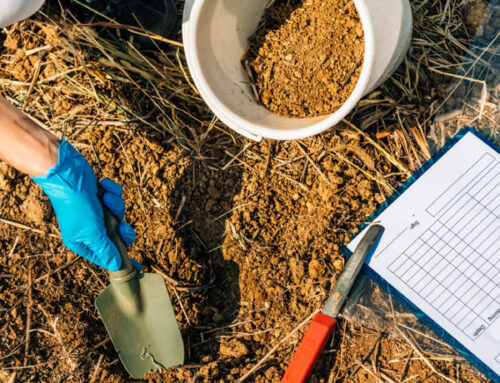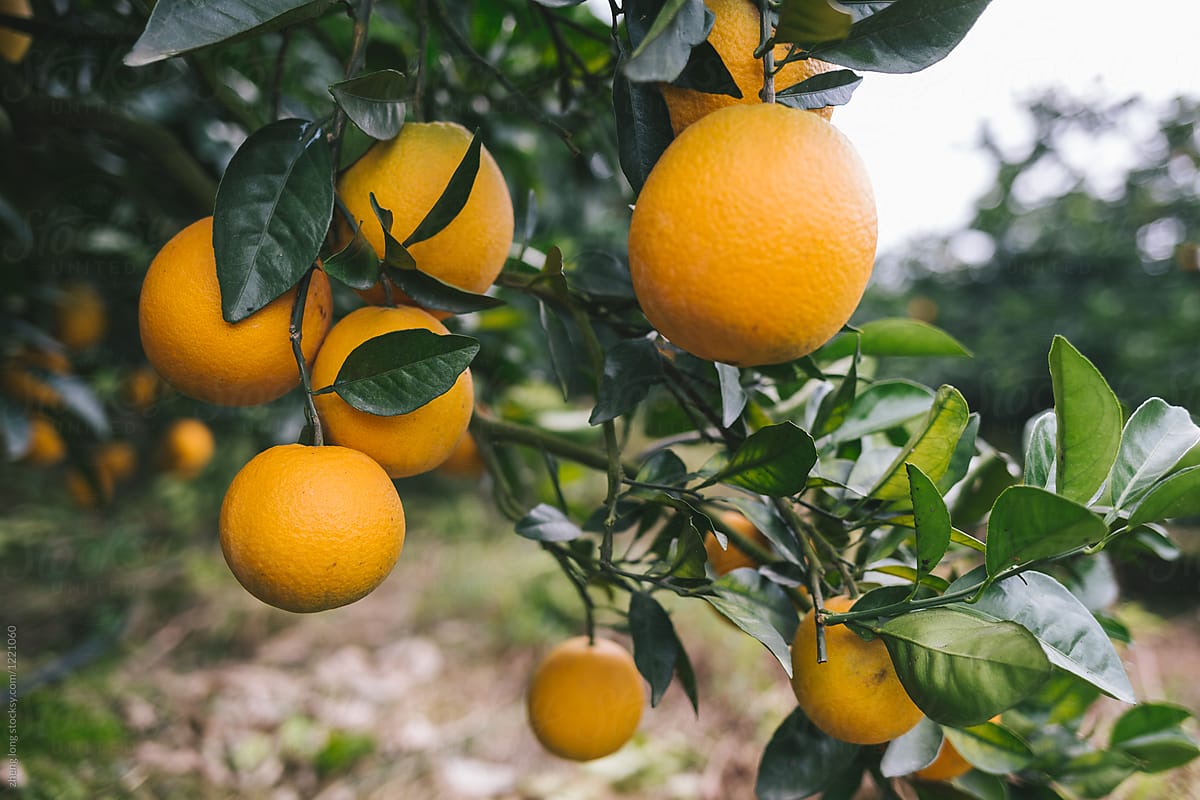
USDA National Agricultural Statistics Service — The initial 2021-22 California Navel orange forecast is 70.0 million cartons, down 14% from the previous year. Of the total Navel orange forecast, 67.0 million cartons are estimated to be in the Central Valley.
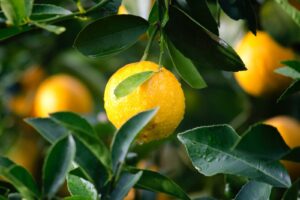 Cara Cara variety Navel orange production in the Central Valley is forecast at 6.0 million cartons. These forecasts are based on the results of the 2021-22 Navel Orange Objective Measurement (O.M.) Survey, which was conducted from June 15 to September 1, 2021. Estimated fruit set per tree, fruit diameter, trees per acre, bearing acreage, and oranges per box were used in the statistical models estimating production.
Cara Cara variety Navel orange production in the Central Valley is forecast at 6.0 million cartons. These forecasts are based on the results of the 2021-22 Navel Orange Objective Measurement (O.M.) Survey, which was conducted from June 15 to September 1, 2021. Estimated fruit set per tree, fruit diameter, trees per acre, bearing acreage, and oranges per box were used in the statistical models estimating production.
This forecast includes production of conventional, organic, and specialty Navel oranges (including Cara Cara and Blood orange varieties).
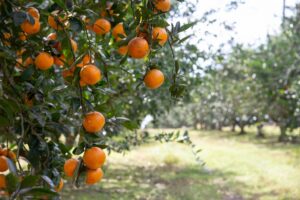 Survey data indicated a fruit set per tree of 239, down 25% from the previous year and b e l o w the five-year average of 344. The average September 1 diameter was 2.145 inches, below the five-year average of 2.208 inches. The Cara Cara orange set was 211 with a diameter of 2.146 inches.
Survey data indicated a fruit set per tree of 239, down 25% from the previous year and b e l o w the five-year average of 344. The average September 1 diameter was 2.145 inches, below the five-year average of 2.208 inches. The Cara Cara orange set was 211 with a diameter of 2.146 inches.
A sample of 785 Navel orange groves was randomly selected proportional to county and variety bearing acreage, and 707 of the groves were utilized in this survey. Once a grove was randomly chosen and grower permission was granted, two trees were randomly selected. The Navel orange sample included conventional, organic, Cara Cara, and Blood orange groves.
For each randomly selected tree, the trunk was measured along with all connected branches. A random number table was then used to select a branch, and then all connected branches from the randomly-selected branch were measured.
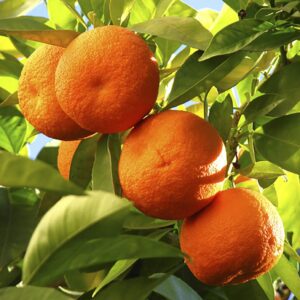 This process was repeated until a branch was reached with no significant limbs beyond this point. This randomly-selected branch, called the terminal branch, was then closely inspected to count all fruit connected to this branch, as well as all of the fruit along the path from the trunk to the terminal branch. Since each selected path has a probability of selection associated with the path, a probability-based method was then applied to estimate a fruit count for the entire tree.
This process was repeated until a branch was reached with no significant limbs beyond this point. This randomly-selected branch, called the terminal branch, was then closely inspected to count all fruit connected to this branch, as well as all of the fruit along the path from the trunk to the terminal branch. Since each selected path has a probability of selection associated with the path, a probability-based method was then applied to estimate a fruit count for the entire tree.
In the last week of the survey period, fruit diameter measurements were made on the right quadrant of four trees surrounding the two trees of every third grove. These measurements were used to estimate an average fruit diameter per tree. Of the 707 utilized groves, 10 were in Madera County, 119 were in Fresno County, 419 were in Tulare County, and 157 were in Kern County.
Read the original article – CLICK HERE
